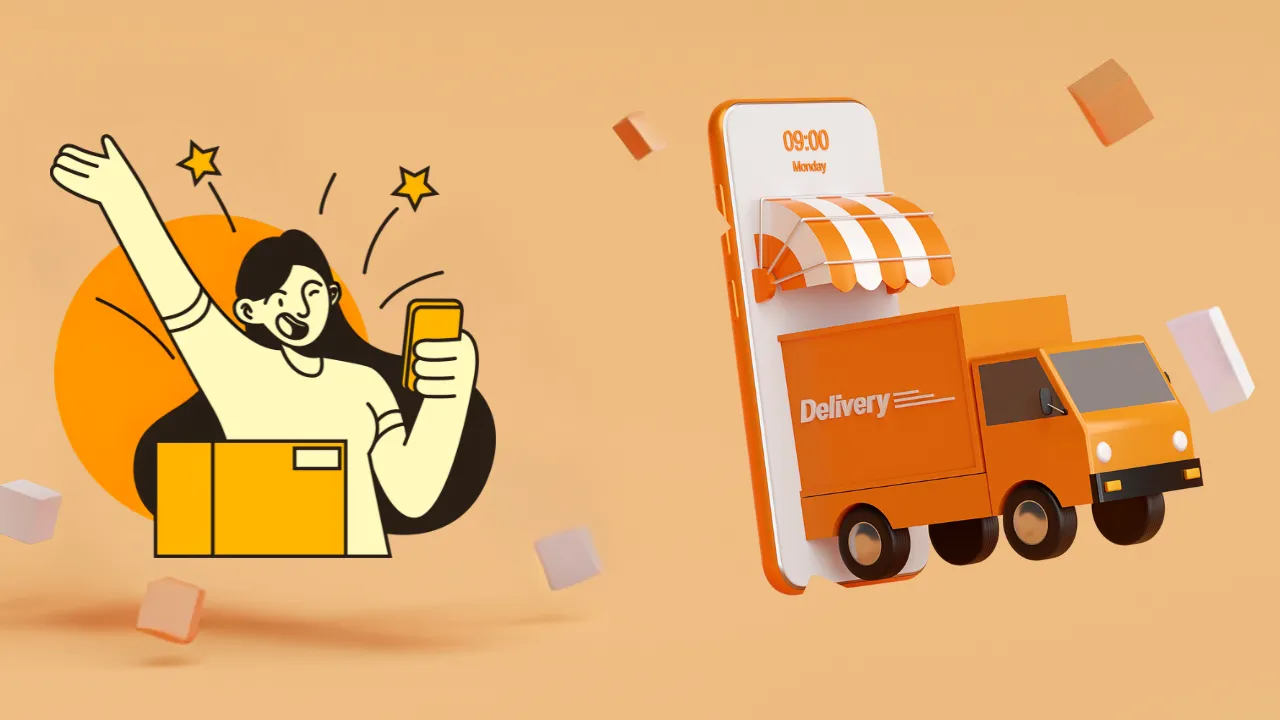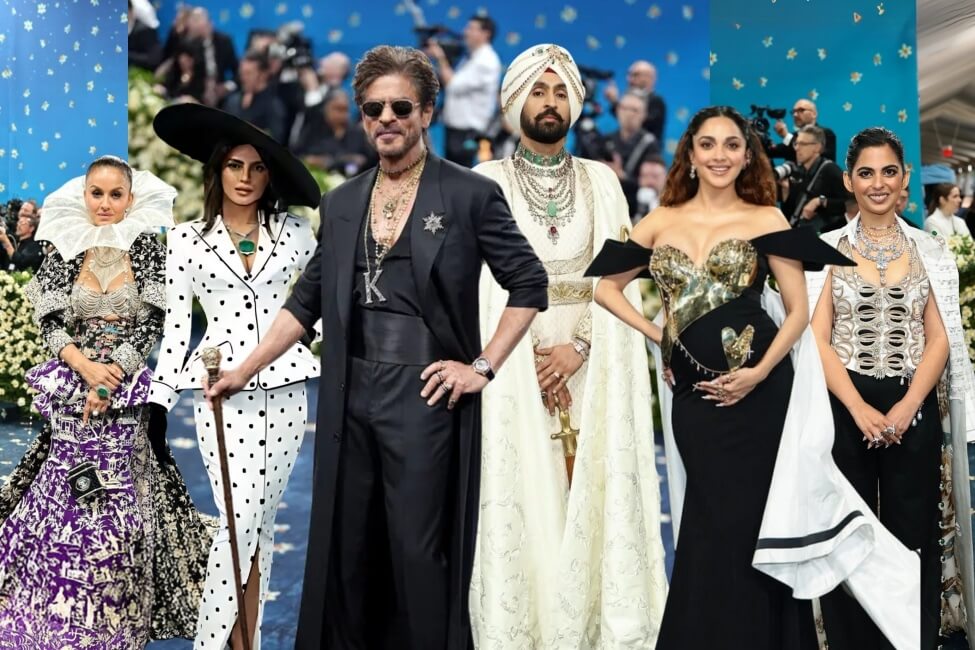India’s e-commerce landscape has undergone remarkable shifts in recent years, with quick-commerce emerging as a pivotal trend. This convenience-driven model, championed by brands such as Zepto, Blinkit, Swiggy Instamart, and BigBasket, has set new benchmarks in online shopping. Who would’ve thought purchasing a wedding trousseau or an iPhone 15 on a quick commerce platform would be possible?
Swiggy Instamart solves groom’s last minute kurta crisis in 8 Minutes
As the industry evolves, the role of technology, consumer behaviour, and cultural nuances is becoming increasingly apparent. Meta, the tech giant and the brand behind major social media platforms like Facebook and Instagram, is driving a lot of awareness and growth for the q-comm brands, especially in tier-2 and 3 towns.
Meghna Apparao, Meta’s director of e-commerce (India), discussed India’s quick commerce phenomenon with afaqs!, drawing insights from Meta’s GWI-Quick-commerce report.
“The buzzword in e-commerce right now is quick-commerce. What makes this trend distinct in India is the ability to manage such business models profitably. It has driven new customers to shop online regularly, beyond occasional deals or discounts,” she says.
Amazon enters q-comm race: Can it seize the fast-lane market share?
Meta’s role
According to the report, social media is the top route for shoppers and premium online shoppers to find new products or brands. Apparao says that over 90% of consumers know about quick commerce, and 60% of that discovery happens via social media ads on Instagram or Facebook. She says that Meta’s AI helps match user needs with solutions, driving discovery to purchase seamlessly.
According to her, q-comms are heavily investing in Meta’s platforms, with campaigns primarily targeting discovery and conversion, particularly in emerging markets.
She further emphasises that Meta has been instrumental in driving the demand for quick commerce, particularly in India’s tier-2 and tier-3 towns.
“This involves three key areas: awareness—helping consumers recognise the convenience and availability of quick commerce platforms; product expansion—showcasing new product categories such as gadgets or festival-specific items; and Meta’s AI integration—streamlining targeting by analysing user preferences and location-specific needs.”
Apart from that, influencers are also playing a major role in accelerating the demand on quick commerce platforms, says Apparao.
“Creators significantly boost trust. Authentic recommendations from regional influencers resonate better with local audiences than national celebrities. Reels, which account for over 50% of viewing time, are also key for engagement for these brands,” she adds.
According to the report, 30% of people purchase products based on recommendations by influencers, and 22% have purchased products via a link or a click-through shared by an influencer.
Retail lobby to CCI: Probe q-comm platforms for predatory pricing
Demand patterns
According to Apparao, the approach in smaller towns is to combine grocery, convenience, and gifting needs simultaneously, unlike the phased adoption seen in metros. “Platforms are learning from metro patterns but localising offerings using insights and creators,” she says.
Quick commerce brands are catering to convenience-driven consumers, expanding rapidly beyond urban areas into tier 2 and 3 cities.
According to Meta’s GWI-Quick-commerce report, online shopping is favoured for its convenience, with many making monthly purchases of fashion, food, and beauty products.
The report shows that 46% of consumers in India have increased spending on fresh groceries, 40% on packaged groceries and FMCG items, 39% on clothing, and 36% on food delivery.
The category began with groceries and has expanded to include electronics and festive goods, exemplified by a perfume brand that saw a 45% sales spike during Valentine’s Day through quick commerce.
Newer advertising patterns
According to Apparao, the quick commerce phenomenon is also giving rise to newer advertising patterns on social media like ‘collaborative ads.’ “Brands such as Unilever, Mondelez, and Dabur are open to advertising their products through specific q commerce platforms to target and enhance conversion rates.
Myntra tests quick commerce with ‘M-Now’ in select Bengaluru areas
Video:
Author: Sania Khan











